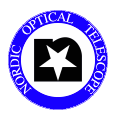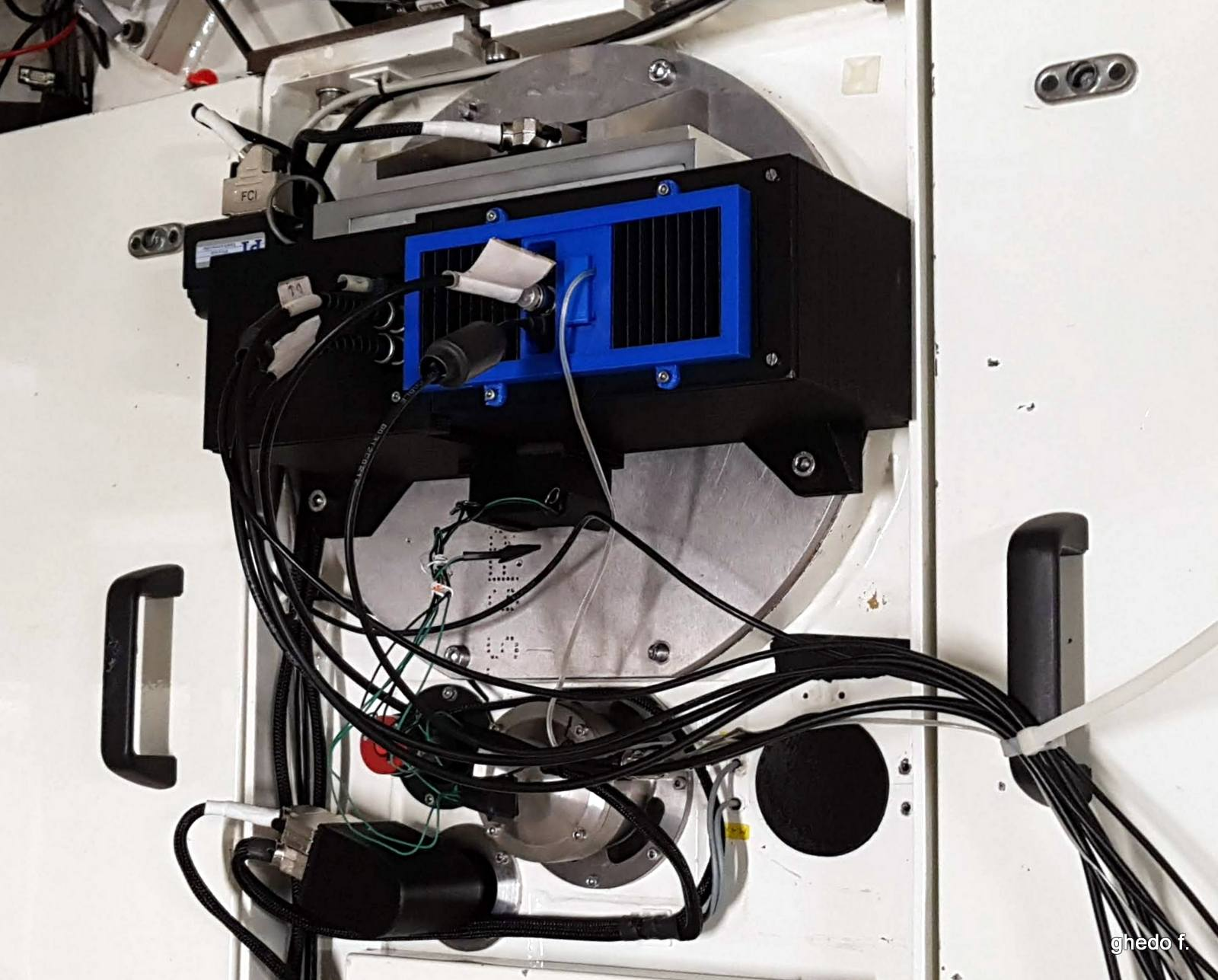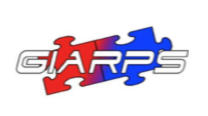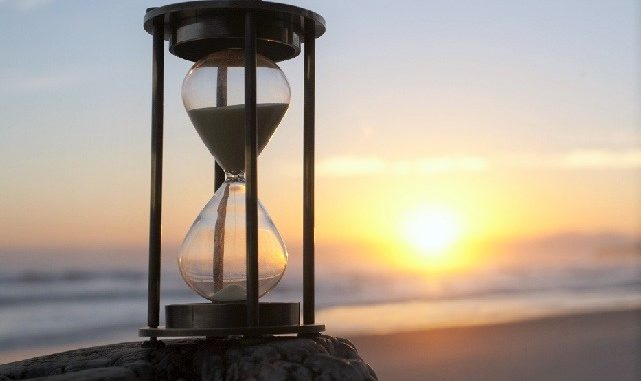AOT 44 (2021B) is now open for proposals.
Applications for observing time for the period
October 1st, 2021 - March 31st, 2022
are solicited and should be submitted by
Monday, 24th May, 2021, 12:00 UT.
Despite the difficult times we are still experiencing, the TNG is regularly operating in the 25th year from its
inauguration.
At time of writing, most of the
observations are still in service mode, but runs in visitor mode are possible and encouraged.
The available time offered at TNG via INAF-TAC is 28 (twenty-eight) nights in this call. This budget can
increase if not all the nights offered in other calls will be effectively allocated by the respective TACs. The
foreseen schedule breakdown is reported at the bottom. All proposals will be judged strictly on their scientific
merit.
LARGE PROGRAMS cannot be requested answering the AOT44 call.
LONG-TERM PROGRAMS can be requested answering the AOT44 call.
We will be accepting (few) Directory Discretionary Time
proposals during the whole semester
(http://www.tng.iac.es/observing/director_time_policy.html),
which will be judged by the TNG staff in few days. These observations will be performed in
Service Mode only.
New application forms and detailed instructions can be downloaded from
the TNG web pages (http://www.tng.iac.es/submit.html).
Following new ideas on the refereeing process,
the PIs (ex officio) and CoIs (from 2 to 5) could be used as external reviewers for the other proposals in this
or
next call
(Box 16).
Incomplete computation of the overheads, poor target visibility in the semester, too dense
monitoring
are recurrent weaknesses pointed out when assessing the technical feasibility.
Queueing mode is not available. Filler programs cannot be implemented.
Important information for a more careful preparation of the proposals are reported at
https://tngweb.tng.iac.es/call/info.html
Objects included in the TNG Protected Target List
(http://www.tng.iac.es/observing/protected.html)
cannot be requested.
TNG is a 3.58-m optical/infrared telescope located at Roque de Los Muchachos Observatory in
the island of La Palma (Canary Islands). Its primary mirror is corrected by Active Optics and
it is equipped with instruments for imaging and spectroscopy, spanning the optical and near
infrared wavelengths range.
The offered instruments are: HARPS-N, NICS, DOLORES and GIANO-B (GIANO in Nasmyth B).
The observing mode GIARPS, simultaneously combining HARPS-N and GIANO-B,
is also offered (see below).
For details, visit http://www.tng.iac.es
REM is a 60-cm robotic telescope located at La Silla ESO site (Chile) which can observe
simultaneously with a visible and an infrared camera. The observations will be carried out
in unmanned, queuing mode. INAF-TAC will allocate up to 1000 hours of observations.
REM is equipped with ROS2 visible camera and REMIR infrared camera.
The two are observing simultaneously thanks to a dichroic.
ROS2 will produce simultaneous images in the four Sloan-like passbands g, r, i, z.
Charged time is therefore not the sum of ROS2 and REMIR, but the greater between the two.
For details, see http://www.rem.inaf.it
NOT is a 2.56-m telescope, also located at Roque de Los Muchachos Observatory, next to
the TNG. Offered instruments are
ALFOSC (UV-optical imaging, polarimetry and low-resolution spectroscopy),
NOTCam (NIR imaging and low-resolution spectroscopy),
FIES (High-resolution, high-stability optical spectroscopy),
MOSCA (High-resolution, high-efficiency UV-optical imaging),
STANCam (Standby CCD imager),
DIPol-UF (double image polarimeter, visitor instrument).
For details, see
http://www.not.iac.es/instruments/instruments.html
NOTICES FOR AOT 44

LONG-TERM PROGRAMS at TNG
In this call the TNG re-opens observing time to less time-demanding programs,
but still having the need to extend over a few consecutive semesters to be completed and/or to
ensure the necessary follow-up.
The "Long Term" programs must be able to strictly address major open problems in modern
astrophysics,
characterizing the TNG role in the next 1-2 years. The basic
features of these "Long Term" programs are:
-
All topics in modern astronomy are eligible.
- Programs can only use any of the permanently installed instruments at TNG.
- Programs may extend up to 3 semesters, and use a maximum of 30 hours per semester.
- The Principal Investigator (PI) and least 50% of the participants must be affiliated to Italian
Institutions.
In the field of optical/infrared observations of Target of Opportunity objects,
a worldwide collaboration is particularly encouraged.
We emphasize the possibility to submit joint proposals between the
Italian and Nordic communities in the framework of the common TNG-NOT
offer (see below), thus exploiting the simultaneous use of NOT and TNG.
- The INAF-TAC can reduce a Long-Term Program to a normal one to be executed in a single semester.
SiFAP2 offered as a visitor instrument at TNG
The high-temporal resolution photometer SiFAP2 is available as a visitor instrument at the TNG.
It is not a common-user instrument, but it will be supported in two slots of maximum 27 hours
each in
November 2021 and February 2022. Target visibility has to take this into account. Moreover,
before submitting the
proposal, the proponent team must contact the SiFAP2 PI Alessandro Papitto
(alessandro.papitto@inaf.it)
for a technical validation. Publications based on SiFAP2 data must include builders as
co-authors.
For more information about SiFAP2 and the available observing modes (photometry and linear
polarimetry)
see
http://www.tng.iac.es/instruments/sifap2/.
The observational mode GIARPS at TNG
The light from the telescope is split into visible and infrared domains by means of a
dichroic.
The former feeds as usual HARPS-N, the latter is
beamed into the new preslit of GIANO-B.
The slit of GIANO-B is directly feed through a new optical
relay instead of the previous fiber fed preslit. For efficiency and
for overheads, please use the old GIANO page and recipe to prepare
your proposals. They will serve as upper limit.
For those proposals wishing to use the dual GIARPS mode, please tick
both HARPS-N and GIANO-B boxes in the submission form, and state it
clearly in the text. Proponents must also report the respective total HARPS-N
and GIANO-B observing times. The greater value will constitute the effective time request of
the proposal.
For technical reasons, please indicate the preferred instrument.
NATIONALITY RESTRICTIONS APPLY
INAF-TAC is receiving only Italian proposals for TNG, defined as PI
and at least half of participants being affiliated to an Italian
Institution. Non-Italian proposals should be submitted following the
OPTICON TransNational Access program.
Special treatment is given to Nordic countries as explained in the next item.
The Nationality restriction does not apply to REM proposals.

COMMON OFFER FOR OBSERVING TIME TNG-NOT
The astronomical communities of Italy,
Denmark, Finland, Norway, and the Universities of
Iceland and Stockholm
may apply for reserved observing time offered
jointly on the TNG and NOT telescopes. Rules for applicants may be
found here.
Accordingly, Italian
scientists can submit normal observing proposals to the NOT, and
vice versa.
Due to the high-pressure on the NOT time,
Italian astronomers will have access to 10 nights
with the NOT telescope; proposals will be evaluated by the NOT-OPC.
Nordic astronomers will have access to 5 TNG nights;
proposals will be evaluated by the INAF-TAC.
We strongly encourage the submission of joint "Italo-Nordic" proposals using NOT, TNG,
or both telescopes.
Applicants must use
the proposal form for the telescope they are requesting.
INAF staff and Associates will benefit of the same FGG funding scheme
as for TNG observations.
The Italian community can request up to 10 (ten) nights on the basis of
this exchange-time agreement.
REM NEWS
REM is now again fully operative with both visible and infrared cameras.
All PIs of past, incomplete programs have been already contacted for a recovery plan.
Therefore, we are again offering 1000 hours for REM this semester.
For any question, please contact
info.rem@inaf.it and visit
http://www.rem.inaf.it.
AOT 44 TIME BREAKDOWN
For sake of completness, we report the foreseen TNG-time breakdown
for the AOT44 semester:
- 28 nights for the INAF-TAC (this call)
- 5 nights TNG-NOT agreement (this call)
- 36 nights ongoing INAF Large Programs
- 40 nights Harps-N Consortium GTO
- 31 nights Spanish CAT
- 10 nights OPTICON H2020 TransNational Access
- 8 nights CCI International Time Program
REM available time is 1000 hours.
Ennio Poretti
Director
Telescopio Nazionale Galileo
Fundacion Galileo Galilei - INAF









